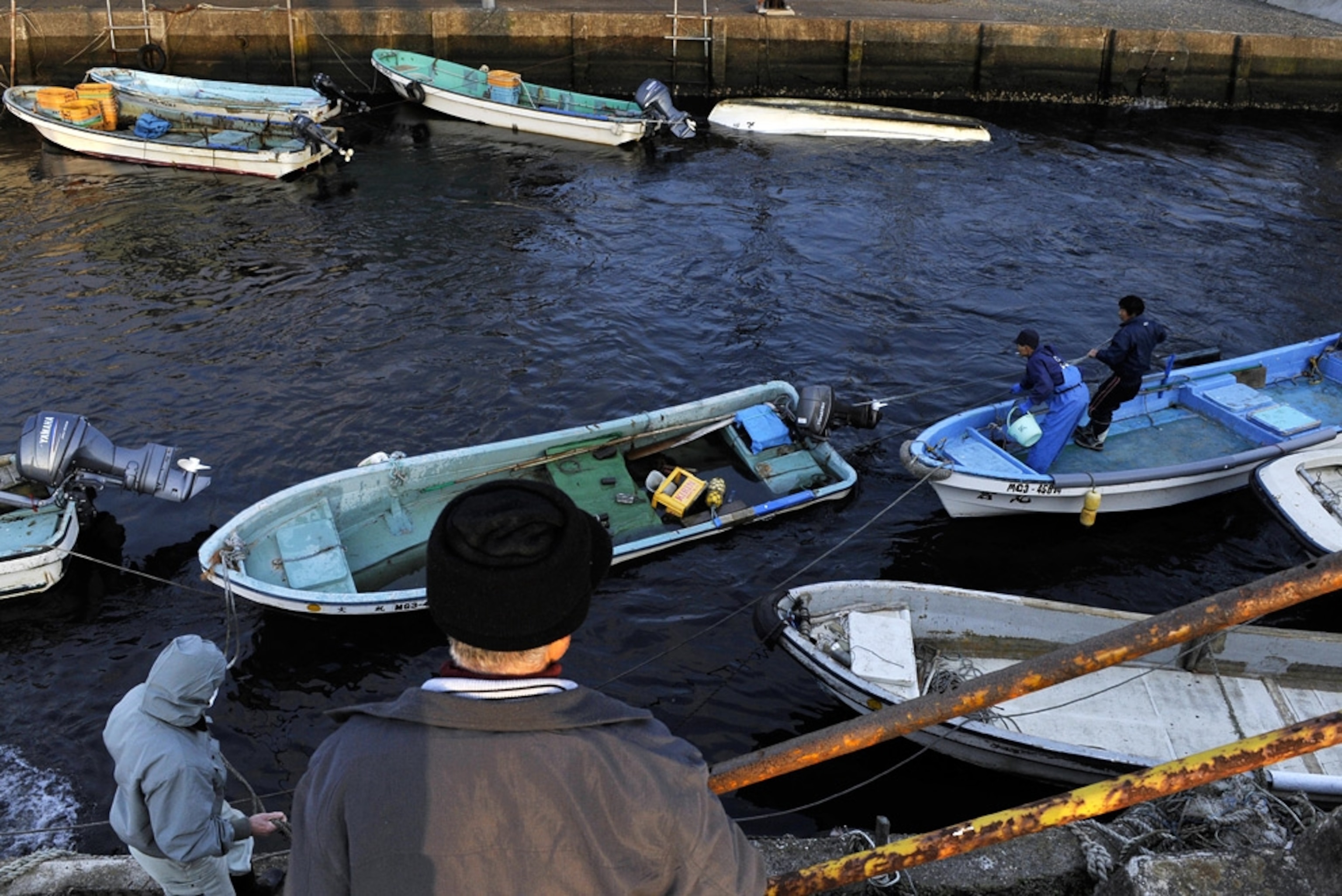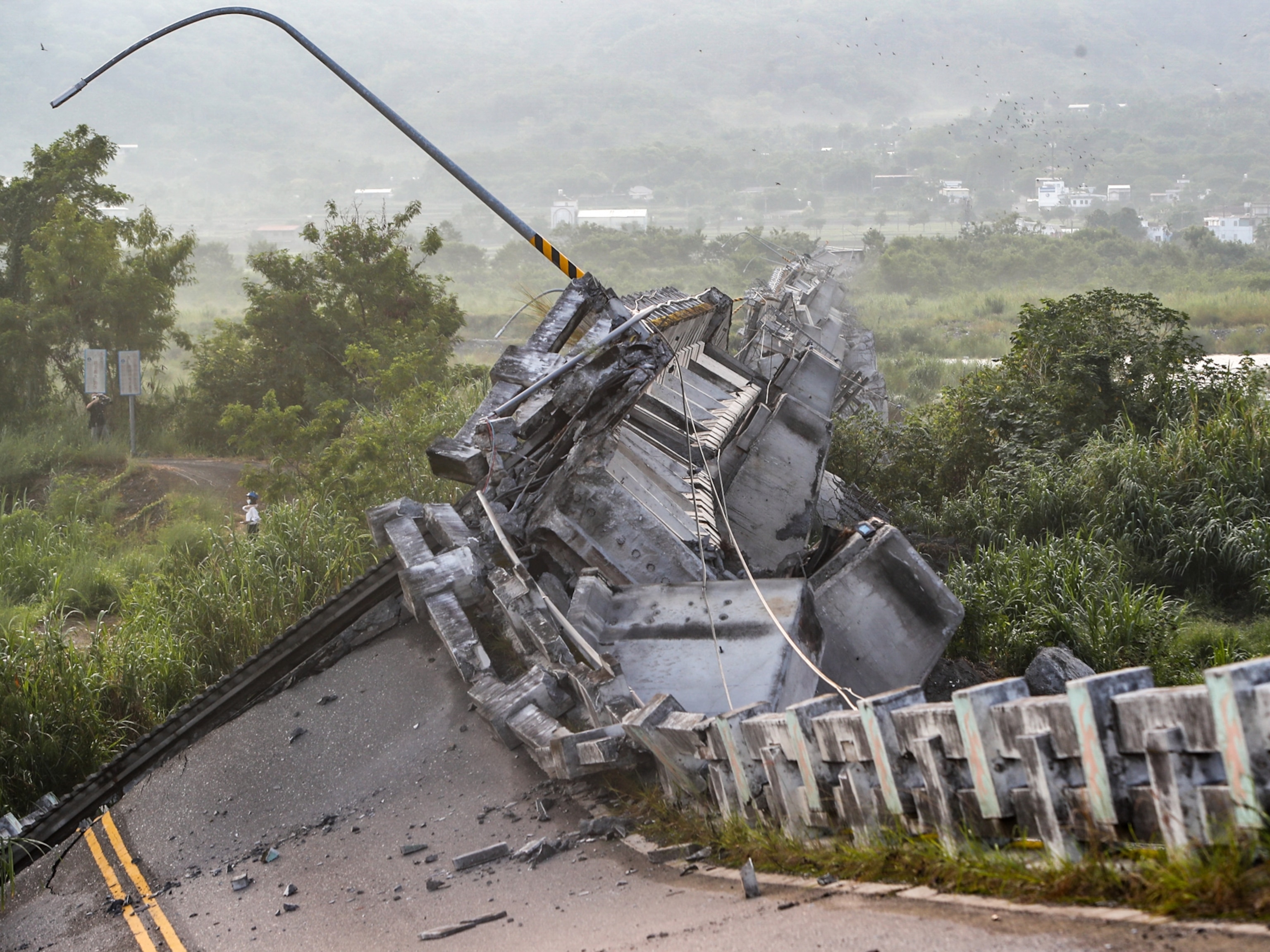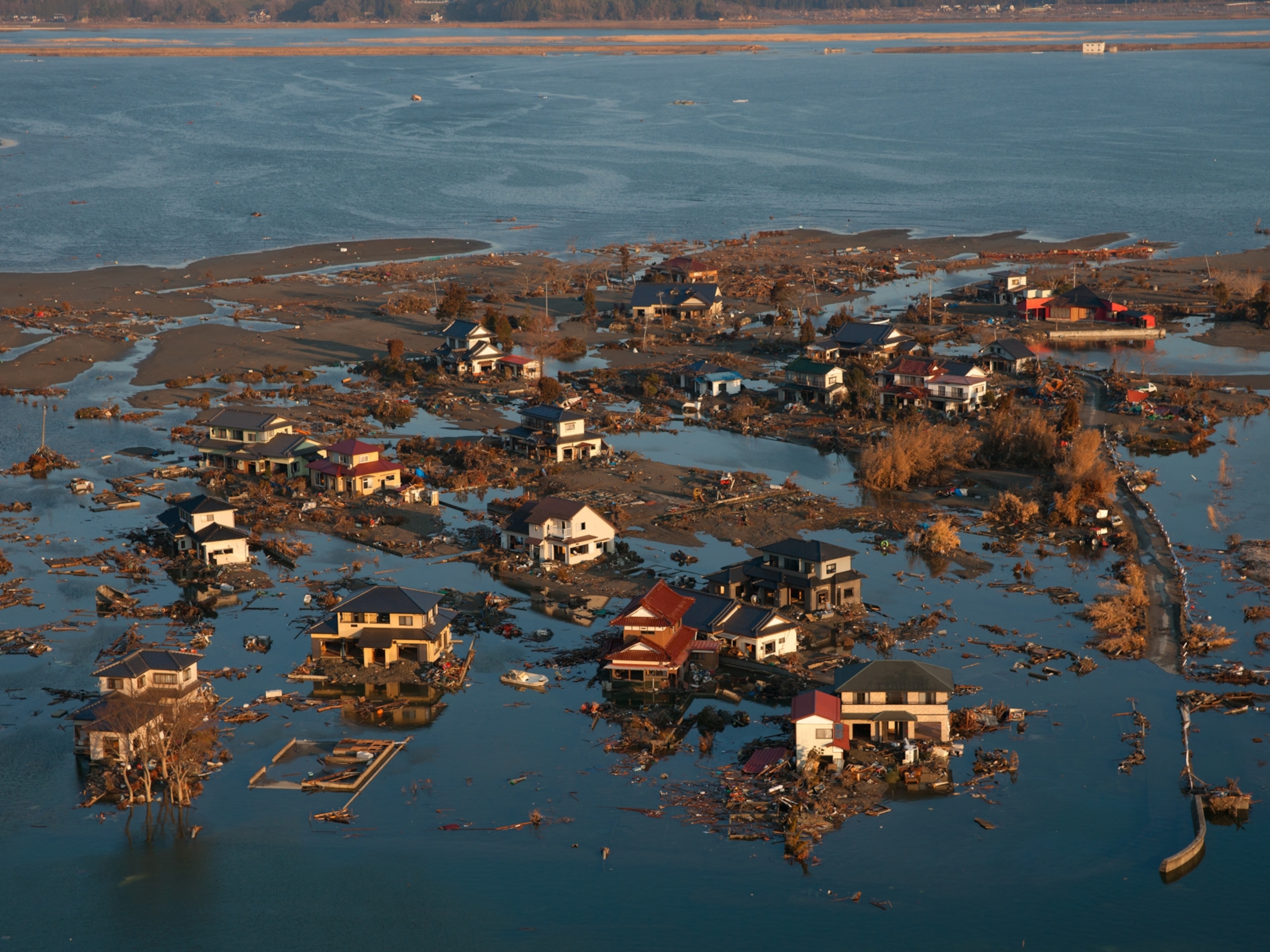
Chile-Earthquake Tsunamis Smaller Than Expected—But Why?
Tsunamis that struck Japan and Hawaii following a massive earthquake in Chile were smaller than thought, and experts are only beginning to tease out the reasons why.
The giant earthquake in Chile that struck Friday—one of the most powerful ever recorded—killed more than 700 people and leveled cities. Yet the tsunamis spawned by the earthquake were smaller than expected, leaving experts speculating as to why. (See Chile earthquake pictures.)
Tsunamis reached only 4 feet (1.2 meters) in Japan and 6.5 feet (2 meters) in the South Pacific island of Tonga, according to scientists. Tsunamis can often become monster waves of more than 100 feet (30.5 meters).
Furthermore, despite a massive evacuation of Hawaii, tsunamis in Hawaii measured only about three feet (one meter), too small to do any damage.
But this doesn't mean the tsunamis in Hawaii fizzled, said Costas Synolakis, director of the Tsunami Research Center at the University of Southern California.
Rather, he said, the tsunamis were only slightly smaller than the 4-foot (1.25-meter) waves predicted by computer models. (See "Tsunami Warning for Hawaii After Huge Chile Earthquake.")
"The main story here, I think, is that the full evacuation of Hawaii was unnecessary," Syolakis told National Geographic News by email.
Geophysicist Emile Okal agreed that the the tsunami spawned by the Chile earthquake wasn't really all that small. "It is much larger than anything we've seen in the Pacific in 45 years," said Okal, of Northwestern University in Evanston, Illinois.
The tsunami only seems small, he added, because Hawaii and Japan were both spared its brunt—and because those places both remember much bigger tsunamis from 1960 and 1946. "[These] are what the public has the memory of, because [they] wrecked Hawaii," he said.
Although it will be a while before geophysicists understand for sure why the tsunami wasn't larger, Okal speculates that part of the reason may be that the tsunami was generated in a relatively shallow part of the Pacific off Chile.
"Locally this doesn’t change anything," he said. "But as the tsunami propagates into the really deep water of the Pacific Basin, [the shallower origin] does decrease its amplitude somewhat."
Predicting Tsunamis From Chile Earthquake Difficult
The decision to evacuate Hawaii was based purely on the tremendous power of the earthquake in Chile, which at magnitude 8.8, was the fifth largest in the past 110 years.
The 2010 earthquake also rocked the same region as a magnitude 9.5 earthquake in 1960, which sent waves racing across the Pacific. The 1960 tsunamis killed 61 people in Hawaii, 138 in Japan, and left 32 dead or missing in the Philippines.
Predicting a tsunami from seismic information alone is difficult, scientists say, because the earthquake might have vibrated the seabed up and down, or sideways.
"If all the movement is horizontal, you will have [no] tsunami," said Solomon Yim, interim director of the Hinsdale Wave Research Facility at Oregon State University.
To account for this, tsunami predictions combine seismic information with real-time measurements from seabed instruments so sensitive they can measure the pressure differences from passing waves thousands of feet above. (Take a tsunami quiz.)
"Measurements from these buoys, located in deep water, allow us to estimate the wave size and update the forecast models," the University of California's Synolakis said. "[They also] allow us to estimate the duration of the event and the numbers of waves that get triggered."
Accurate Tsunami Forecasts
And while these instruments are few and widely scattered, some of the predictions made about tsunamis from the earthquake in Chile were actually close to correct.
For example, he said, the model predicted that the earthquake would create small waves in Los Angeles harbor—exactly what happened.
"The forecast was quite accurate," Synolakis said.





